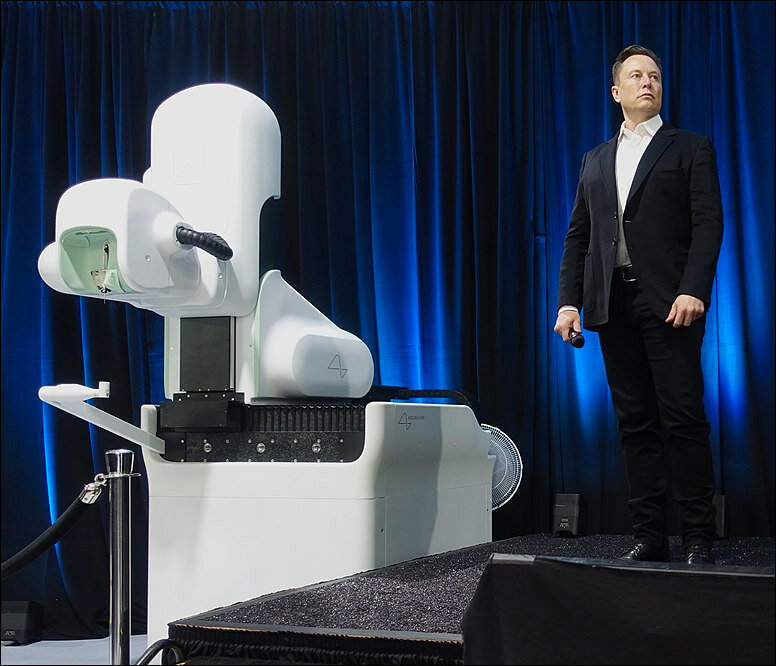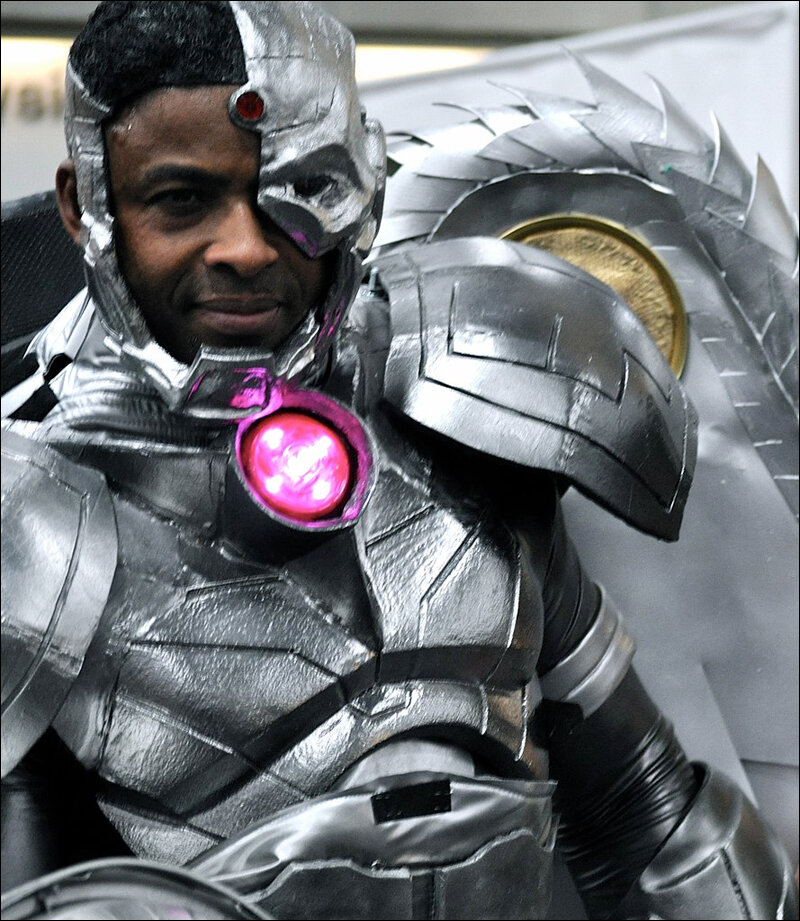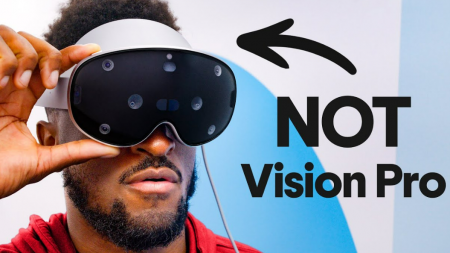In the age of transhumanism, Nigel Pereira contemplates a tomorrow that welds man with machine
Imagine walking up to a cashier at a supermarket and instead of a credit card or your phone you just hold your bare hand up to the card reader and the payment goes through. Would cause quite a reaction, right? Well, that’s exactly what life is like for Patrick Paumen who has a contactless payment microchip injected under the skin of his hand.
The chip is manufactured by a British-Polish firm called Walletmor founded by Wojtek Paprota and is the size of a grain of rice. It features a tiny microchip and antenna that are encased in a substance known as biopolymer, a naturally sourced polymer that occurs in living organisms.
Sify Technologies – Digital Services
Biohacking
It all started in 1998 when the first RFID chip was implanted into a human arm, that arm belonging to Kevin Warwick, a professor of cybernetics at Reading University in the UK.
The goal was for doors and cabinets to open automatically for him, as well as for the computer to recognize him when he enters a room and welcome him with a greeting as well as a message regarding how many e-mails he has.
It is also rumored that he used the chip to chill his wine and draw a hot bath. While this all sounds like the stuff our phones can do in 2022, this was a major milestone with regard to microchipping humans.
RFID stands for radio frequency identification and RFID chips are still quite relevant today with organizations like Impinj manufacturing RAIN RFID Tag Chips that can be used to track everything from machines to food, people, and even pharmaceuticals.
People who implant these chips in their bodies, however, are being called “biohackers” like the aforementioned Patrick Paumen who now has 32 implants in total, including chips to open doors, as well as magnets. Similarly, TikTok star Burgundy Waller posts videos of herself moving through her house and causing doors to open, windows to close, and even switching on and off appliances with a wave of her chipped hand.
The Internet of Bodies

While the IoT or Internet of Things refers to the network of physical objects embedded with sensors like your smart TV, your smart fridge, and maybe even your vacuum cleaner, the IoB or Internet of bodies is the term for the network of devices injected or implanted in the human body.
To be fair, biohacking isn’t all about embedding microchips into the human body and there are some who believe simple meditation and intermittent fasting are forms of biohacking. With regards to technology, however, there are three categories of IoB devices including body internal, body external, and body embedded.
Body external devices include wearables like smartwatches, blue-light blocking glasses, Fitbit trackers, and neurofeedback while body internal devices include pacemakers, cochlear implants, and digital pills. Digital pills or smart pills are edible IoB devices that once swallowed can be used to gain insight into the inner workings of the human body by collecting data from your internal organs. Other examples of IoB devices include Wi-Fi-powered pacemakers, smart lenses, smart inhalers, and smart insulin pumps.
The body embedded category refers to a futuristic scenario in which human bodies will be perfectly merged with external electronic devices while maintaining a real-time remote connection.
Brain implants

In our previous post on the “killer” VR headset, we briefly mentioned Elon Musk’s Neuralink and the brain-computer interface BCI that would allow you to control a phone or a computer anywhere you go. Musk claims that the goals of Neuralink are to use AI-powered brain chips to “solve” problems like autism and schizophrenia.
This will hypothetically be achieved by implanting a chip in a human brain in order to record and stimulate brain activity. Neuralink has already tested the implant on a monkey and showed in a video that the implant not only allows the monkey to control a desktop cursor but also to play a game of Pong.
Elon Musk isn’t the only one working on “brain” computers and it looks like one of his competitors has beaten him to the FDA trial stage of a brain-to-computer implant. Synchron Inc is based in New York and has already received FDA approval to test its implants on humans.
Aimed at treating conditions like paralysis, Synchron works by embedding a device called the Stentrode that is smaller than a matchstick and goes directly into the brain of a patient to help them move digital objects with just their thoughts. Stentrode doesn’t require brain surgery, however, and is injected through a blood vessel at the base of the neck.
Cybernetic piercings

While the thought of injecting microchips into the body might make a lot of people squeamish, an EU FactCheck post has reported that over 6,000 people in Sweden have already voluntarily been chipped.
While a lot of people rightfully argue that Cyborgs already live among us in the form of people with pacemakers and 3D-printed hips, there now is a piercing shop in Lansing Michigan called Flesh that offers implants with RFID and NFC technology for around $200 apiece.
If you count the number of people in the world who already have decorative piercings, that’s a lot of people who aren’t squeamish about putting metal things through their skin.
In case you missed:
- Neuralink Blindsight and Gennaris Bionic eye, the future of ophthalmology?
- Lab-Grown Brain Thinks It’s a Butterfly: Proof We’re in a Simulation?
- Could Contact Lenses be the Key to Fully Wearable BCIs?
- Nvidia Project GROOT for humanoid robots
- This computer uses human brain cells and runs on Dopamine!
- Mainstream AI workloads too resource-hungry? Try Hala Point, Intel’s largest Neuromorphic computer
- Having two left thumbs may no longer be a bad thing
- Tiny robots made from human cells can heal wounds!
- These AI powered devices add smells to virtual worlds
- Introducing Nvidia’s L4 GPU profiles in the cloud









